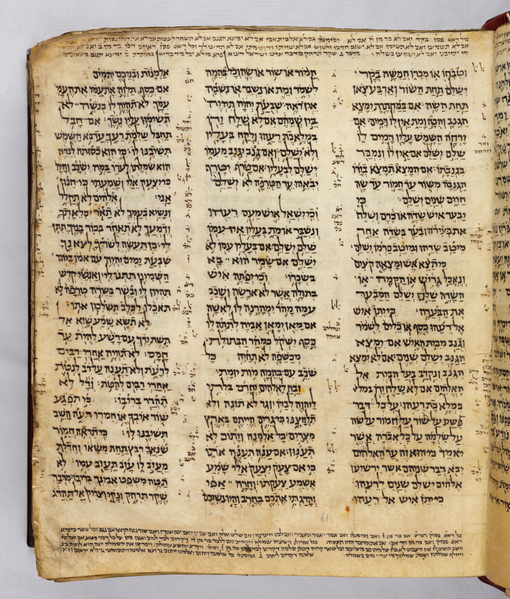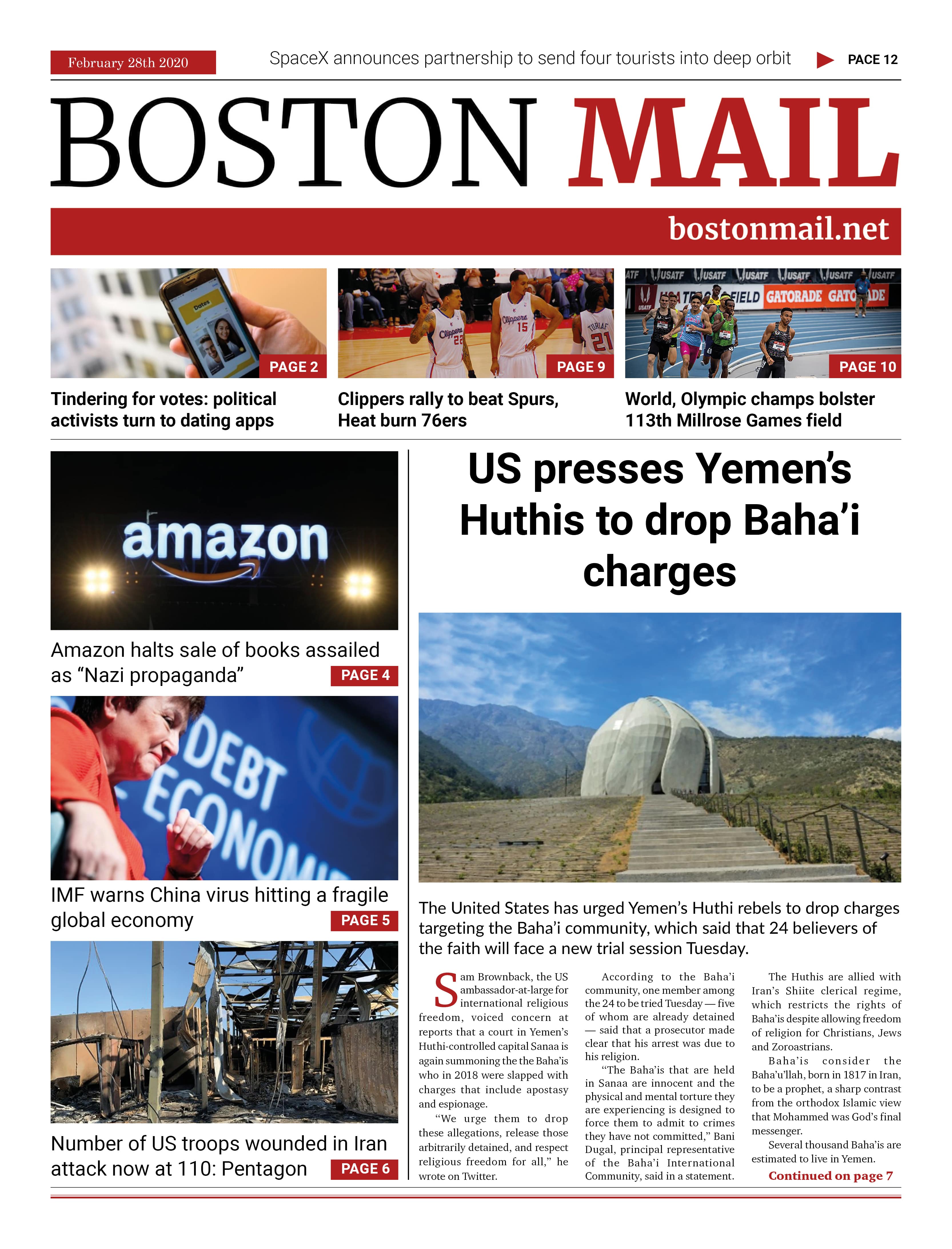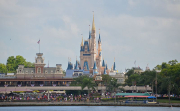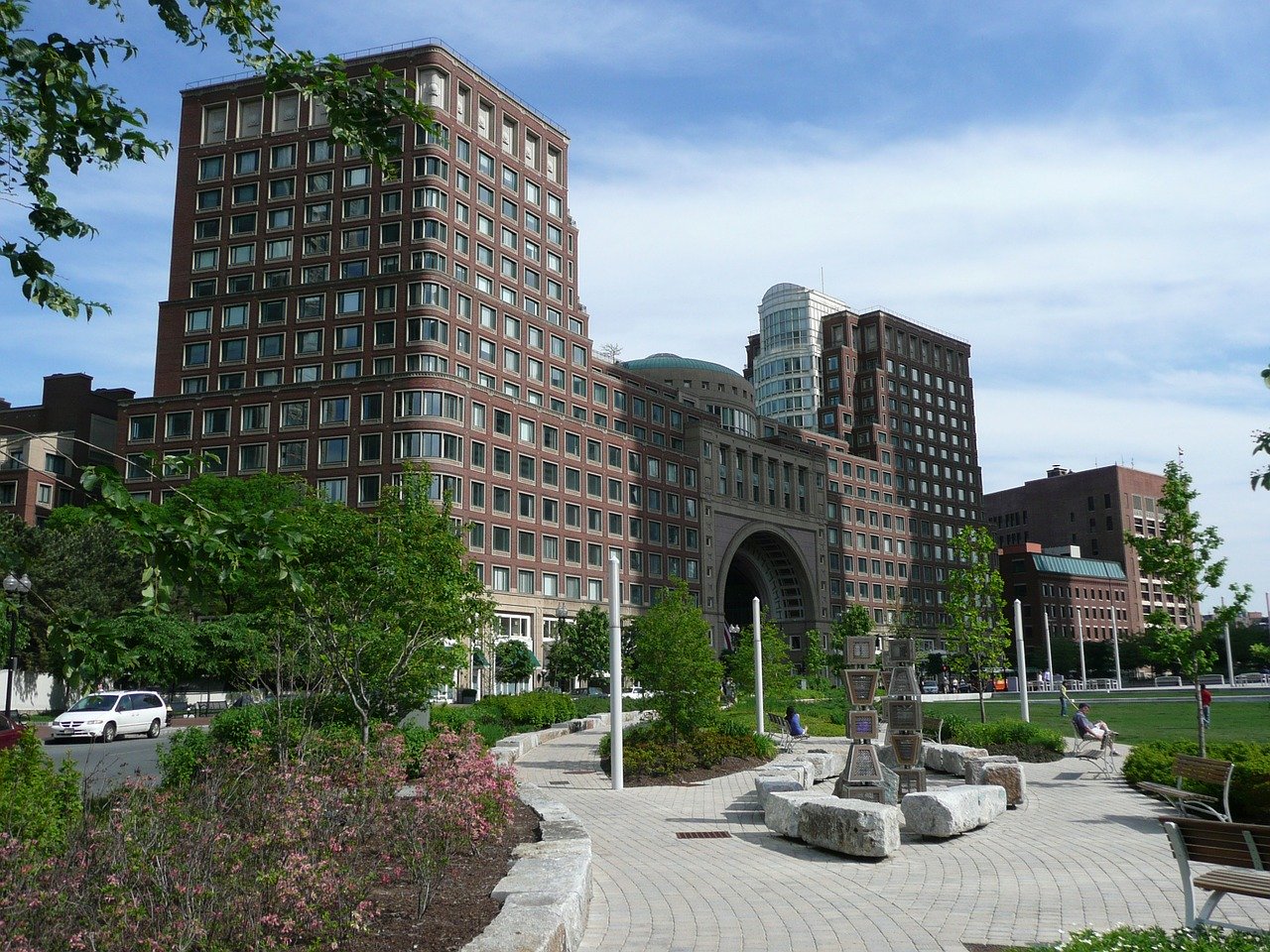
Renowned collector Alfred Moses, 94, recently purchased the Codex Sassoon, an ancient Hebrew Bible manuscript, for a record-breaking sum exceeding $38 million.
The Codex, considered the world's oldest near-complete copy of the Hebrew Bible, will be donated to the ANU Museum of the Jewish People in Tel Aviv. In a private viewing at Sotheby's office in Manhattan, Moses had the opportunity to examine the over 1,000-year-old book alongside a historian, marking his first encounter with the treasured artifact.
Sharon Mintz, Sotheby's senior Judaica specialist, guided Moses and his relatives through an insightful exploration of the Codex Sassoon. Mintz delicately turned its pages, drawing attention to the intricate details such as the ruling between the lines of text and the varying thickness of the parchment. The codex had previously changed hands among several owners, including prominent banking family member Jacqui Safra and Jewish book collector David Solomon Sassoon in the 1920s.
The ANU Museum, where the codex was exhibited earlier this year, will serve as its permanent home. Moses expressed his awe and appreciation for the manuscript's remarkable preservation and significance, stating that it contains vowels and trope markings, making it an invaluable resource for scholars. He emphasized that the book's longevity of 1,200 years is a testament to its enduring value, with future generations benefitting from its presence at the museum.
Moses, an attorney and former U.S. ambassador to Romania, closely followed the Sotheby's auction from his residence in Washington, D.C. He had concerns that other bidders, including the Bible Museum in Washington, might compete for the codex. Representatives from the American Friends of ANU, an organization supporting the museum, shared his apprehension regarding the possibility of the book ending up in private hands and remaining hidden from public view.
While Moses initially estimated a potential bid of up to $32.5 million, he increased his offer to $33.5 million during the auction after facing competition. Additional fees brought the final cost to $38.1 million. Moses's decision to donate the Codex Sassoon to ANU stems from his belief that the museum represents the entire Jewish community worldwide, in contrast to other prestigious institutions primarily catering to Israeli interests. He emphasized the museum's significance in preserving Jewish history and culture.
Despite the challenging political climate in Israel, marked by protests and tensions with the U.S. government, Moses remains optimistic, viewing these circumstances as transitory. He recognizes the importance of maintaining a historical perspective and underscores Israel's role as the homeland of the Jewish people, independent of the elected government at any given time.
During the viewing, Mintz shed light on the codex's mysterious journey, including its disappearance from the town of Makisin (present-day Markada, Syria) around the year 1400. According to an inscription on the book's last page, it was taken from the synagogue during an attack on the town and entrusted to Salama ibn Abi al-Fakhr, with instructions to return it once Makisin was rebuilt. Moses jokingly wondered if he would need to return the book if the Jewish community were to reestablish itself in Markada.
Given Syria's current state after years of conflict and the dwindling Jewish community, the likelihood of the book being returned seems remote. Mintz highlighted the limited knowledge about the Jewish community in Markada, underscoring the importance of the codex as a cultural treasure for Jews worldwide. Moses firmly believes that the Codex Sassoon will bring satisfaction, joy, and pride to countless viewers, benefiting the Jewish people as a whole. Photo by Ardon Bar-Hama, Wikimedia commons.











































